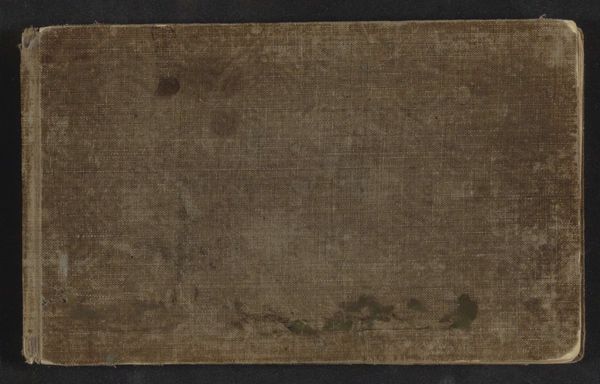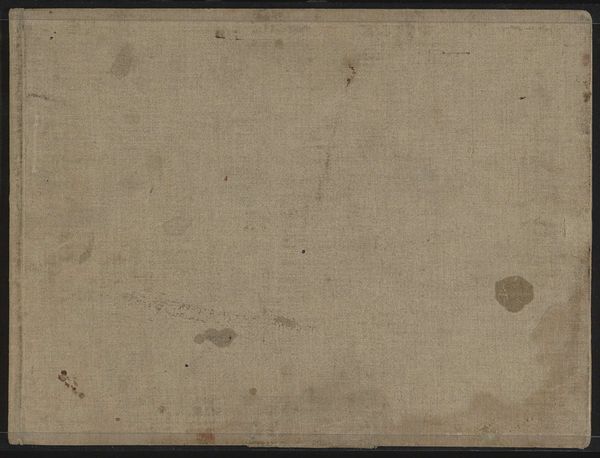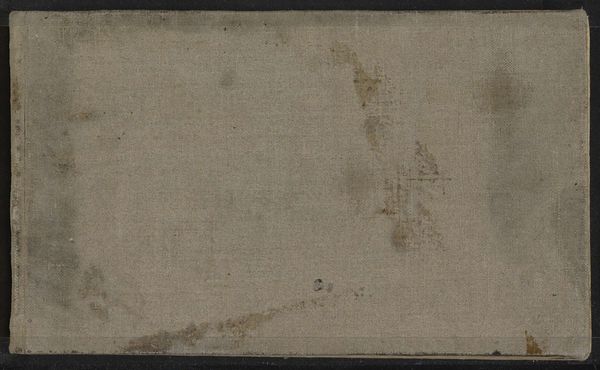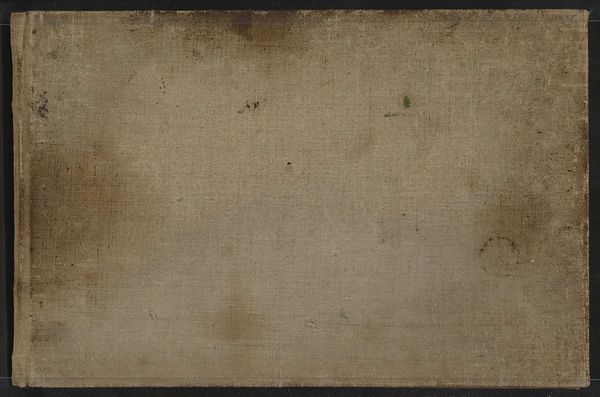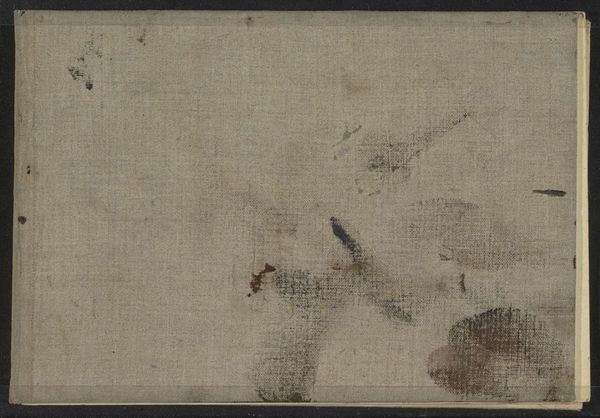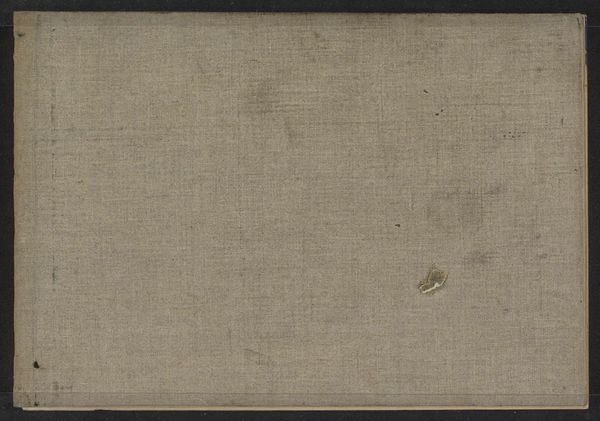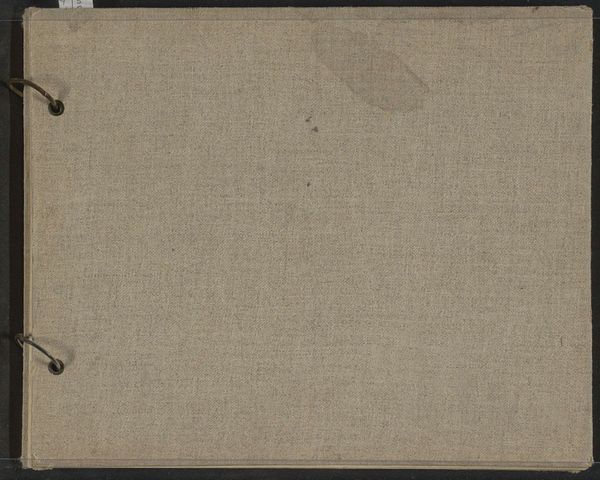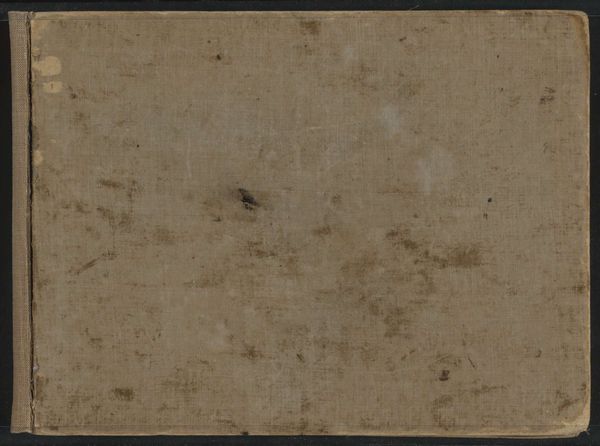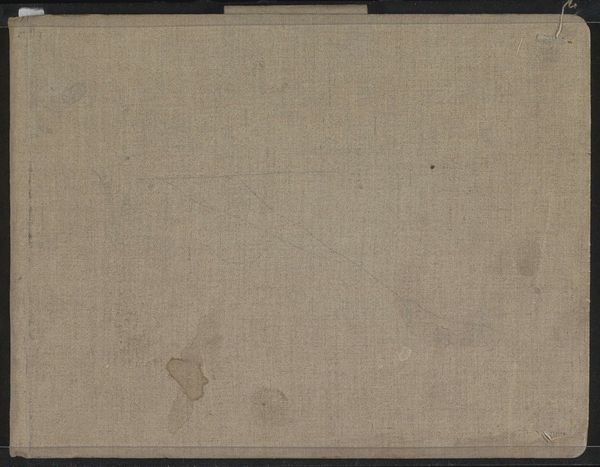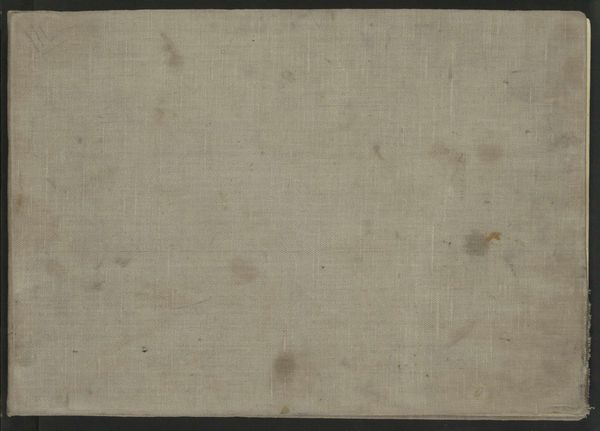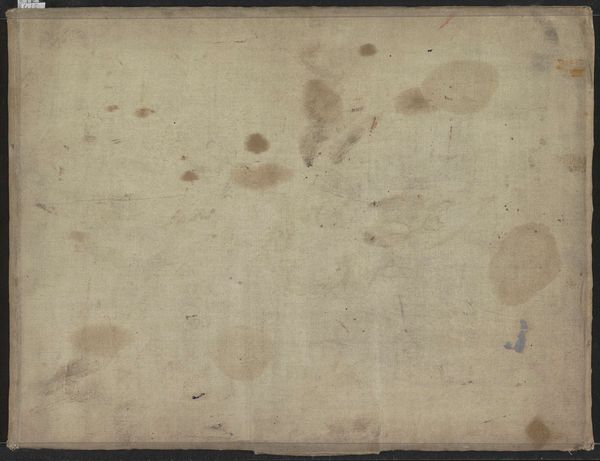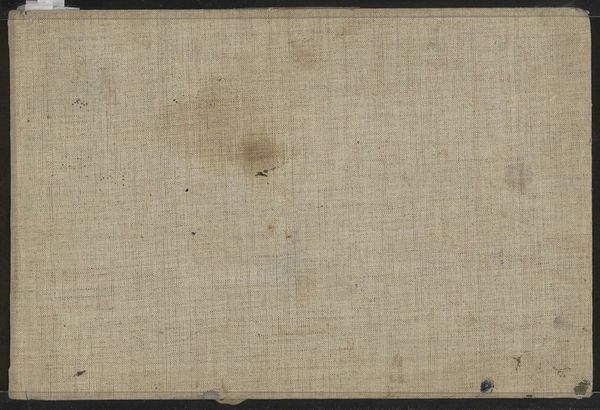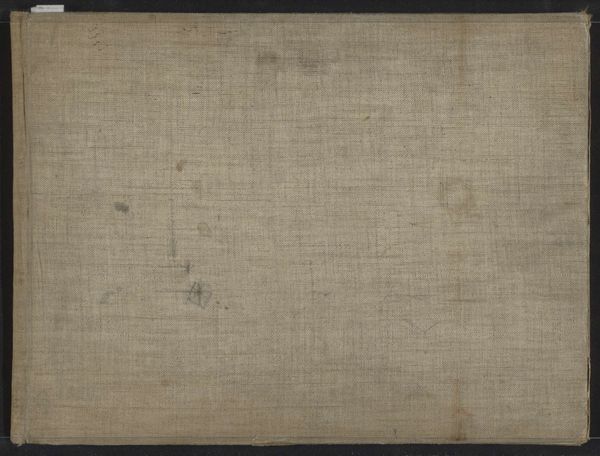
drawing, coloured-pencil, paper
#
drawing
#
coloured-pencil
#
paper
#
coloured pencil
Dimensions: height 95 mm, width 154 mm, thickness 7 mm, width 300 mm
Copyright: Rijks Museum: Open Domain
Curator: Well, hello there! I must say, looking at this particular piece, "Sketchbook with 25 Sheets" by Willem Cornelis Rip, dated around 1892 to 1897...it feels so intimate, almost voyeuristic, doesn’t it? Like peeking into the artist's soul. Editor: Intimate is one word for it. To me, it’s like uncovering an artifact, really. It is suggestive of a broader history of artistic production and labor from the fin de siecle, which is kind of fascinating when you realize what's at stake socio-economically. The very materials speak volumes: paper, drawing, and coloured pencils. These suggest both a readily accessible medium and the presence of planning and premeditation. Curator: Absolutely. There's something so vulnerable about a sketchbook, isn’t there? I wonder what was dancing around in Rip’s mind while creating with those colored pencils on those sheets of paper. Were there landscapes? Portraits? Dreamscapes? Editor: That's the romantic view, isn’t it? What’s truly fascinating from a museum perspective, I would suggest, is considering what function these sketches played. Where were they made, and for whom? How did their presence– or absence—shape Rip's reception within the broader art world of his time? Was this a personal document or a tool for artistic promotion and networking? Curator: A personal document definitely. And it probably affected his trajectory within the broader art world, just by him being able to conceptualize these drawings first. I find it endlessly enchanting that something so small, and arguably private, can offer such a sweeping view into both individual creative expression and the broader currents of art history. It shows us that there's really never such a clear border between inner feeling and a collective context, does it? Editor: Exactly. The intersection between personal creative practice, social and institutional dynamics is where this object really makes a unique impact. What does it really mean to "capture" an artistic mind and historical time on a piece of paper? It suggests endless possibilities for future explorations.
Comments
No comments
Be the first to comment and join the conversation on the ultimate creative platform.
